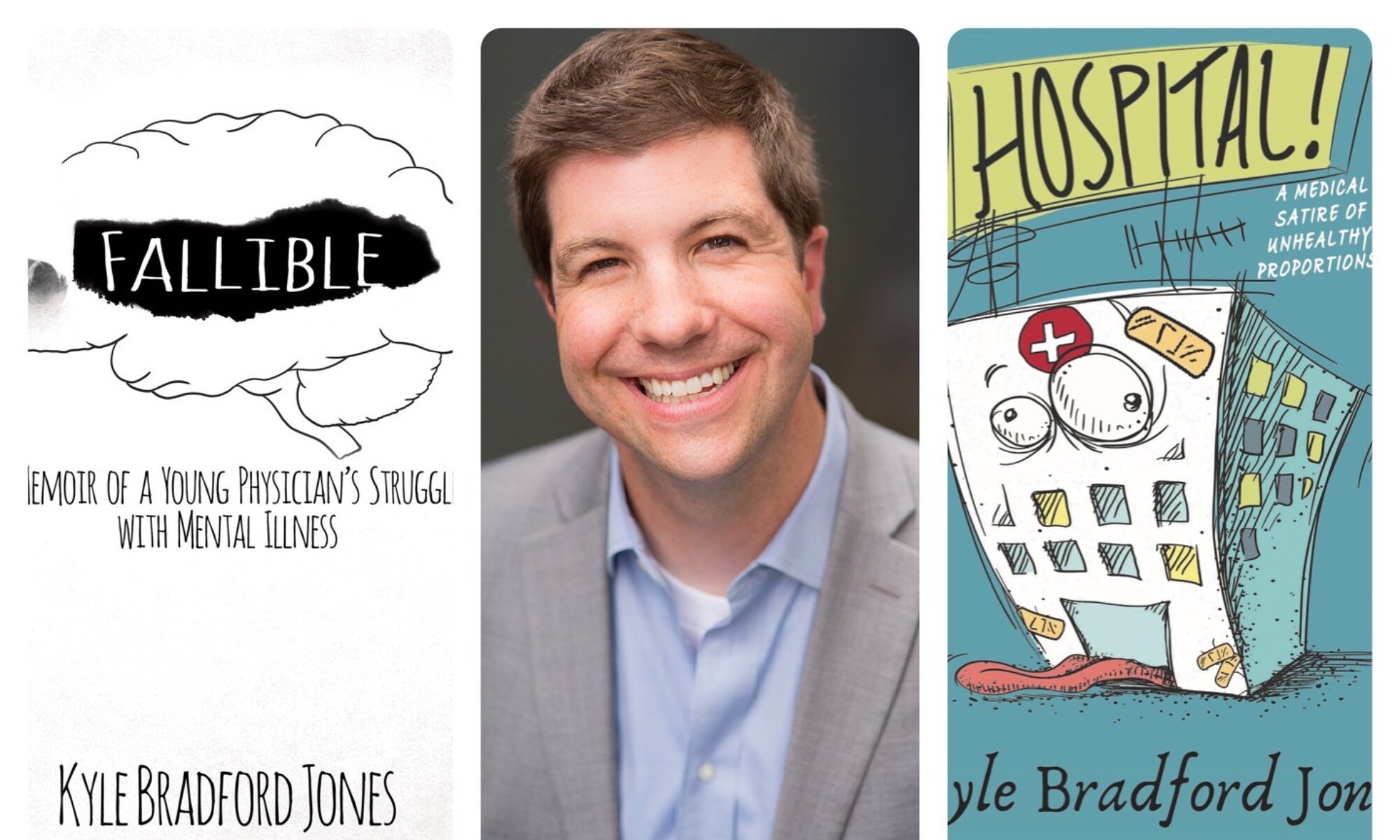Note: this originally ran at Physician’s Practice on 4/10/15
As an intern I participated in a rural rotation in central Utah. I worked at a clinic that was one of four in a valley that was approximately 70 miles long. I was amazed at the extent to which the family physicians were able to perform a wide variety of procedures and treat multiple conditions with fewer resources to which accustomed.
Because of the 4 clinics, the physicians at this practice wanted to ensure that they saw as many patients as they needed to keep up their business and avoid losing patients to one of the other practices. One day a 4 year old boy was brought in due to symptoms of an upper respiratory infection (URI). After a bacterial infection was ruled out, my attending offered prednisone as a relieving agent while he healed from the URI. Prednisone, I thought? “It will help dry up his runny nose, give him some energy, and he’ll be back to himself in no time,” he explained to the mother. I was taken aback and asked him later why he would give prednisone, a powerful medication with plenty of significant side effects, to a child for a URI.
“It helps them feel better faster. They came in expecting something for his cold. If I don’t give him anything to help, next time his mother will take him to one of the other clinics down the road and I lose them as patients.”
After returning to my community hospital following this month long rotation, I heard word that the hospital wanted to increase the number of obstetric patients that deliver there. Many providers had stopped referring their patients to deliver at this hospital due to some substantial safety and quality concerns, to the point where there was very little volume of deliveries and the hospital was losing money on the Labor and Delivery floor. If the administration addressed the safety issues, I thought, it would definitely bring back the business.
One week later, the construction of a new floor and overhaul of the delivery rooms began. I wasn’t sure what was going on until I realized that this was the administrations way of competing for more patients; if the area is more attractive, of course more patients will come! The smell of the floor glue and other chemicals quickly became apparent and soon engulfed the entire Labor and Delivery area. But deliveries continued, babies remained in the nursery where the fumes were present, and everyone who worked there had to try to get accustomed to the odors. The administration was fearful of temporarily closing down the unit to avoid losing further patients.
I share these stories to illustrate how competition in medicine often works. Both of these occurrences were before the recent extreme push on patient satisfaction, but they were done in an effort to draw in more patients through satisfying what they thought were critical needs. With our practices and hospitals being business entities, it is not surprising or even wrong to try to draw in more business; this is natural in our current system. The problem comes when patient safety and quality of care is pushed out in order to bring in this business.
As the quality and cost of the care that we provide is becoming more transparent, this will need to become the basis on which we attract new patients. Patients will look for value (quality + patient satisfaction/cost) and will respond to those practices that demonstrate it. We are all aware of some of the pitfalls of this method of evaluation, but the best we can is improve the metrics, not change the principle.
This, however, requires a major change in mindset from all health care entities. We cannot continue to compete on trivial and potentially hazardous grounds; we must start competing on what our patients actually need, which is quality care for as low a price as possible. Though the transition will be difficult, we cannot cover-up the problem with a little prednisone to make us feel better.
